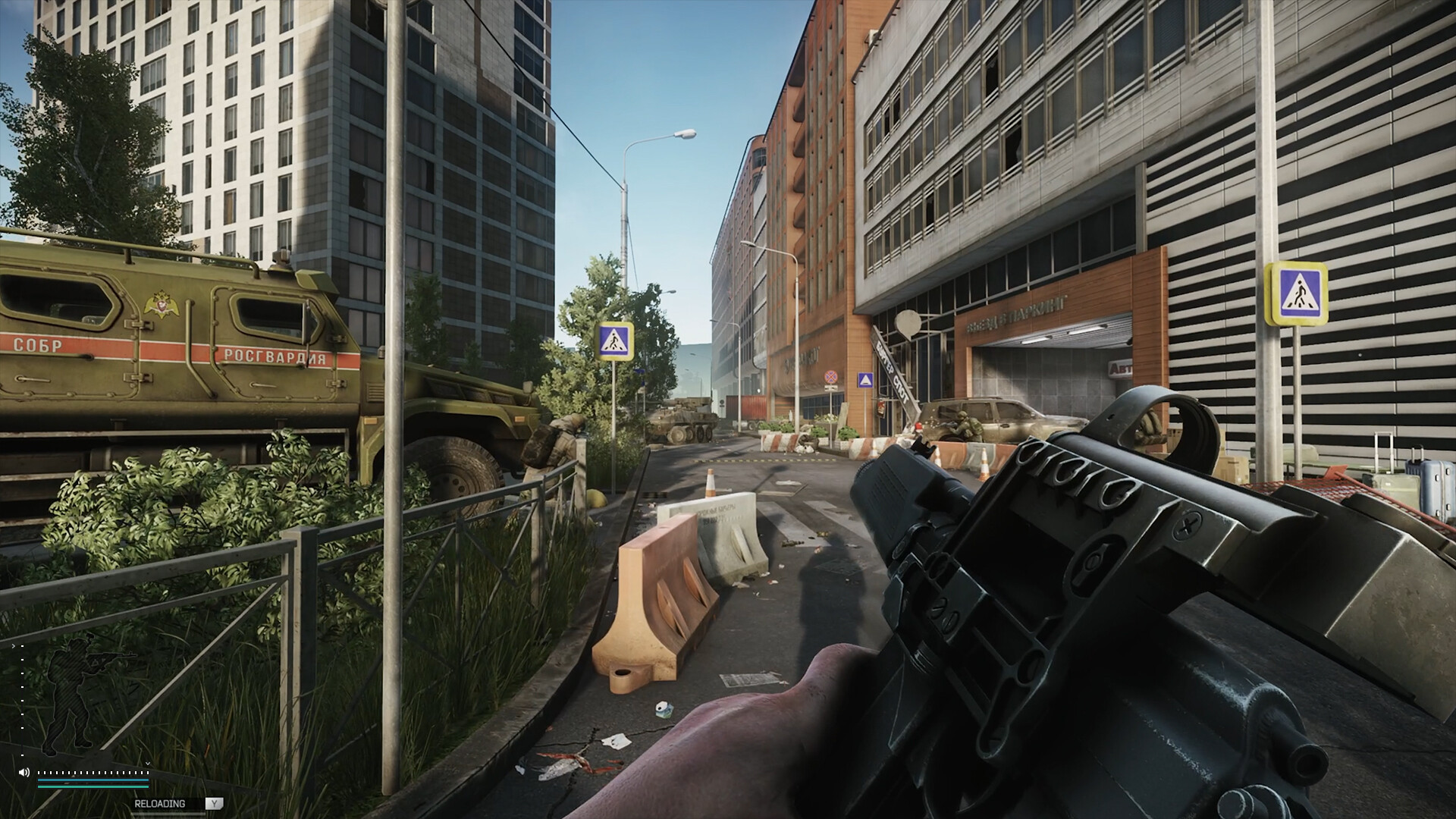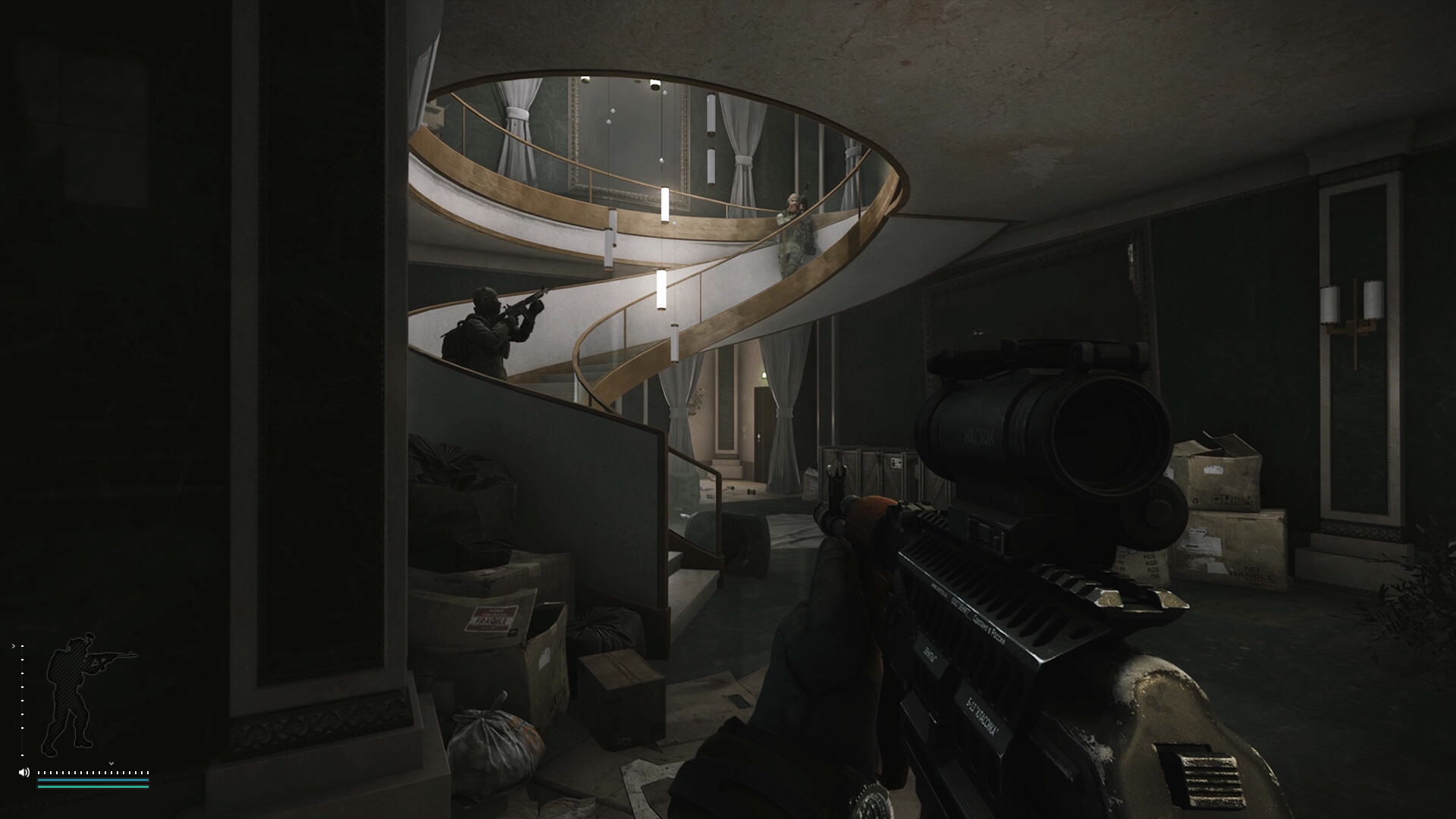Here are the best features you should look for in a motherboard before purchasing one for your setup.
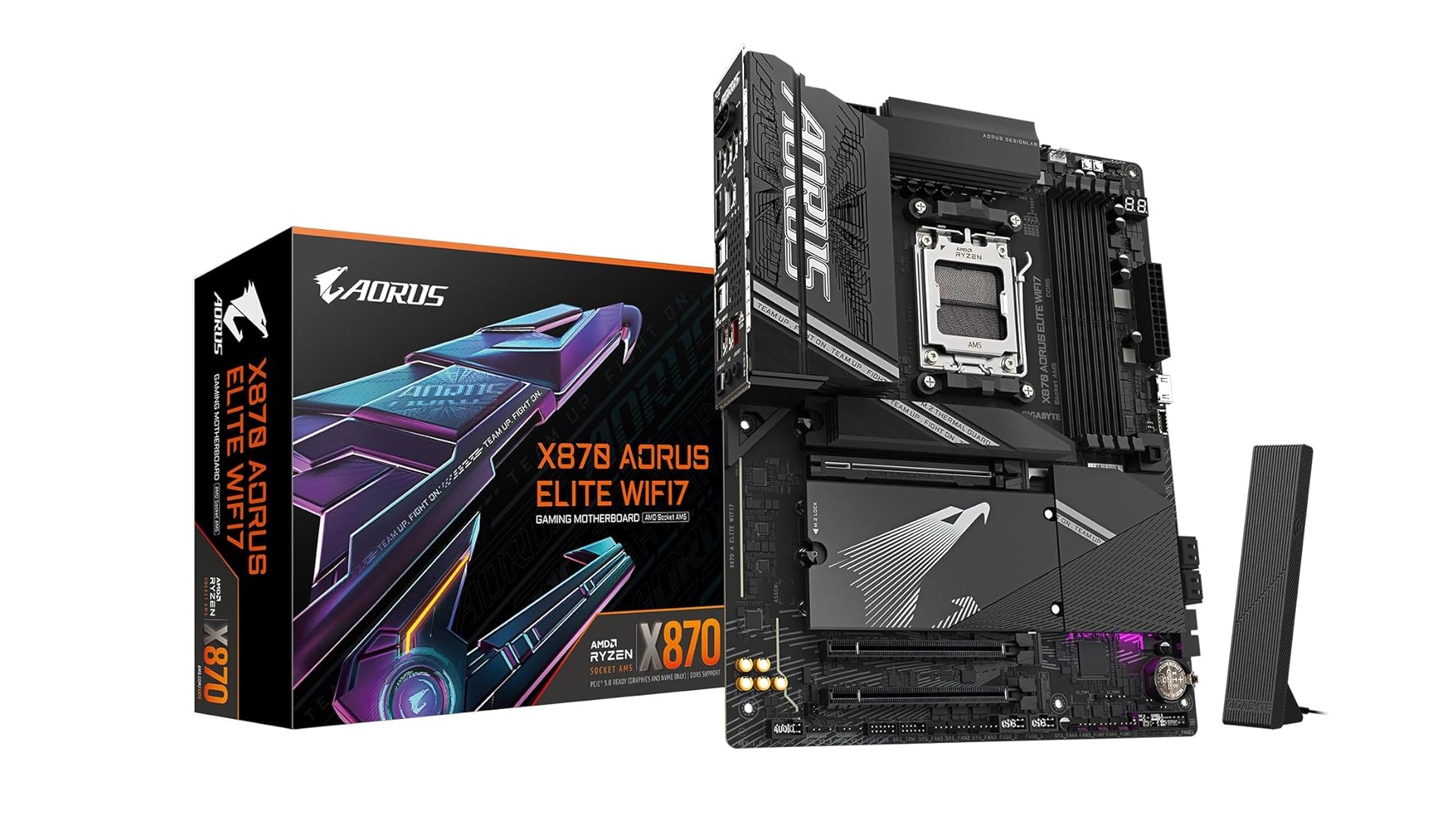
When buying a new motherboard, users generally only look for VRMs, RAM slots, and M.2 slots, but disregard lesser features that can be quite useful. For example, the number of ARGB headers a motherboard has is often missed, which may prevent connecting fancy LED fans or other LED accessories. This will lead to disappointment after building a new PC, and it happens quite often. That’s why we have prepared a list of a few small but important features buyers should definitely look for when buying a new motherboard.
Note: Parts of this article are subjective and reflect the writer’s opinions.
Best Features to Look For When Buying Motherboards
1) Debug LEDs/Debug Display
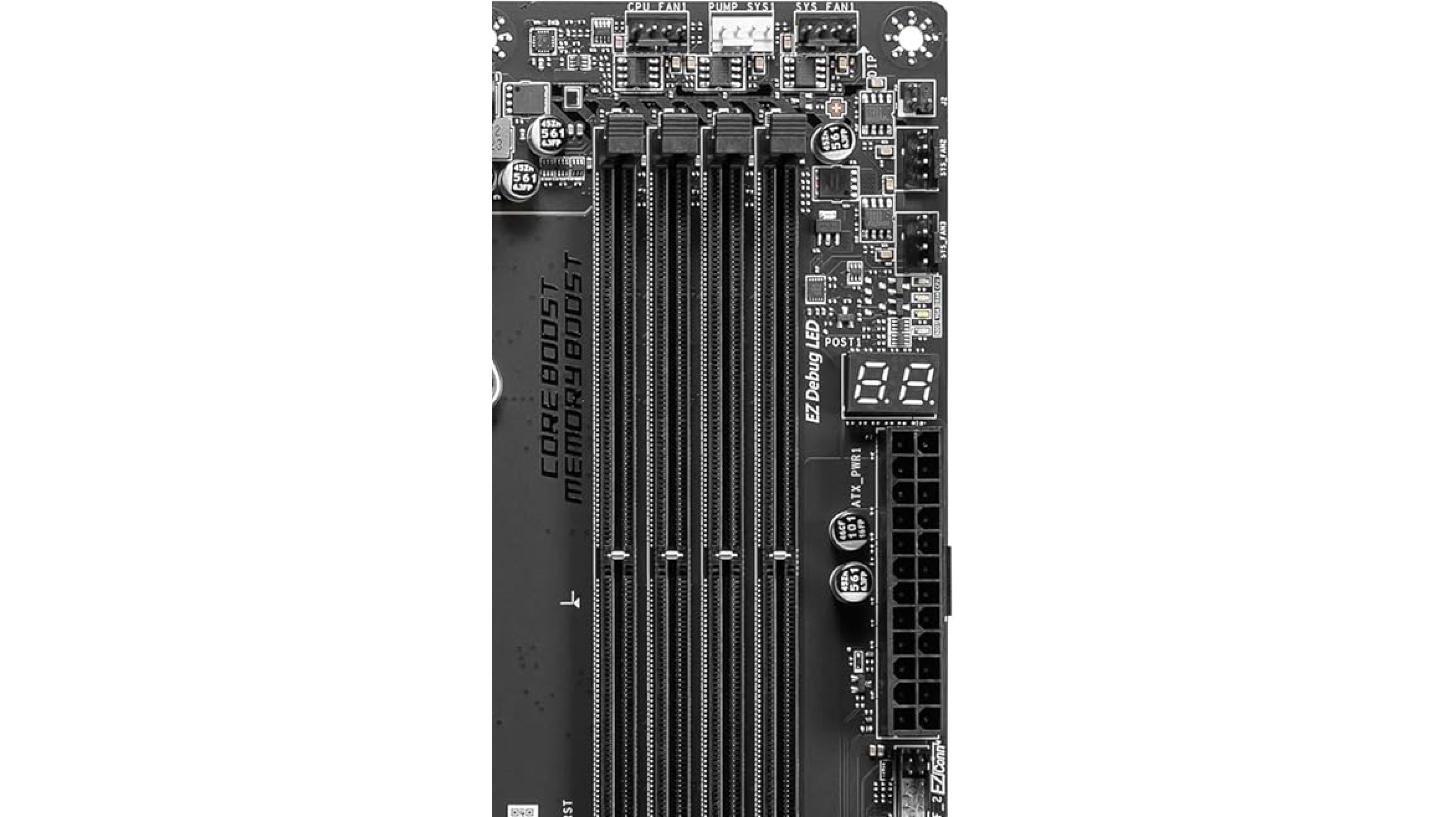
The Debug LEDs or Debug display is one of the most underrated features of a motherboard. While it won’t be used daily, it is still quite an important feature, especially when there’s an issue or when users are trying to overclock the RAM. Almost every PC user has been in a situation where their PCs refuse to boot, and they are left wondering what exactly happened or how to fix it.
The Debug LEDs essentially light up LEDs for CPU, memory, GPU, and BIOS when the computer is turned on for the first time. The LEDs cycle through as the boot process continues. If the PC is not booting up due to some CPU issues, the CPU LED will be lit, which will stay on. This indicates that there’s an issue with the CPU.
If the memory LED stays lit, then there’s a problem with the RAM kit, oc, or timings. The same goes for GPU and BIOS. This allows users to quickly identify the problem, so they can work on fixing it. The Debug display, on the other hand, shows a POST code. Each code has a unique message, which can be used to identify the problem. It’s a crucial feature that every motherboard must have, but they don’t. Therefore, check for it when buying a new board.
2) BIOS Flashback Button
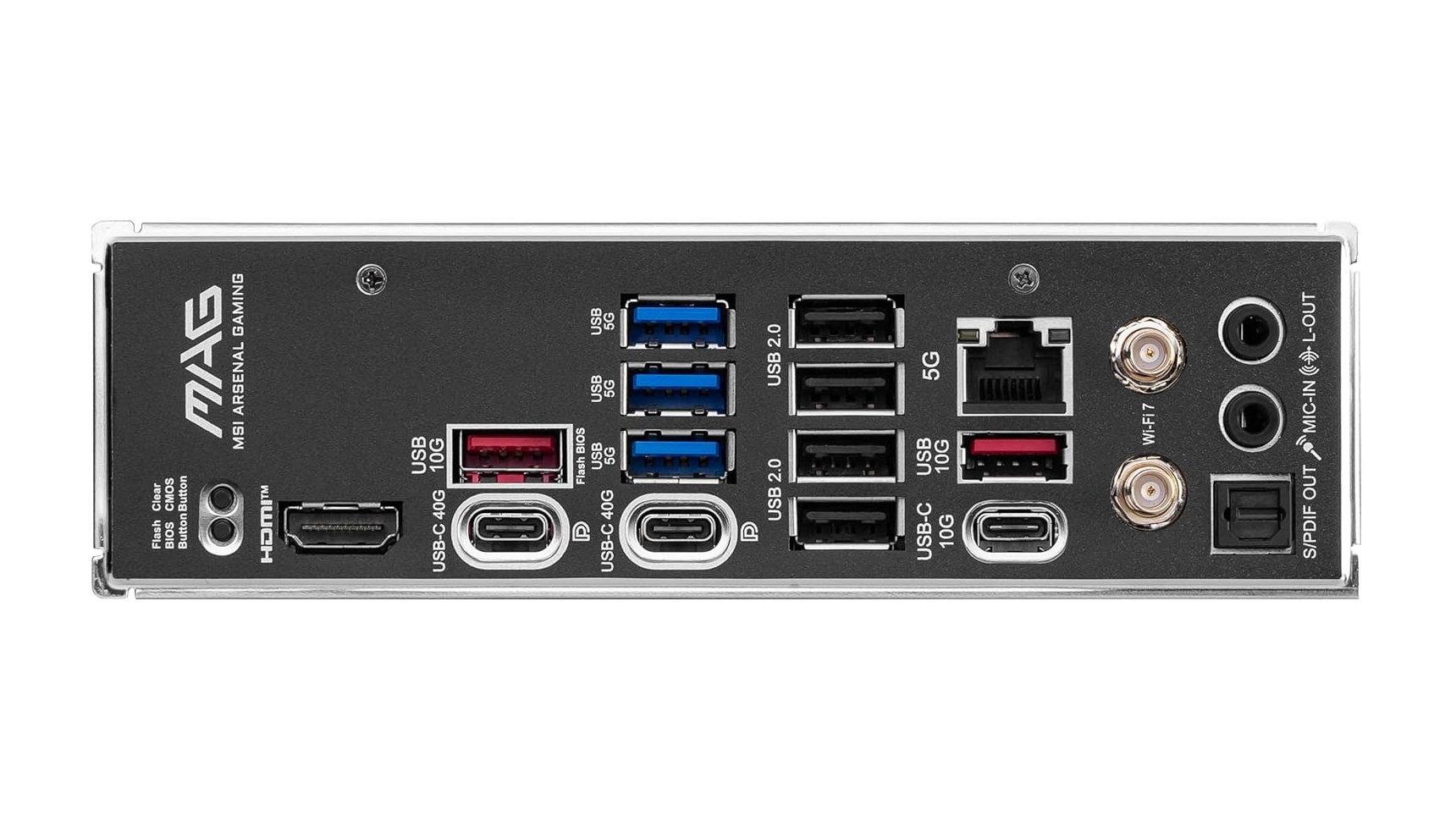
AMD’s AM4 and AM5 motherboards have a longer lifespan as they support multiple generations of processors. Therefore, an older AM5 motherboard not only supports Ryzen 7000, 8000, and 9000 series, but will also support the upcoming generation of CPUs. However, users who buy an older AM5 board must update its BIOS to accept the newer Ryzen processor.
Suppose users buy an older B650 motherboard and a newer Ryzen 5 9600X CPU. The older board doesn’t support the newer processor out of the box. You will need to update the board’s BIOS to support it, which you can’t since the PC doesn’t even turn on due to the unsupported CPU. This is where the BIOS Flashback Button comes in. It is a physical button that can update the BIOS from a USB stick without even turning on, saving the trouble of taking it back to the store.
The BIOS Flashback Button will also come in handy when the BIOS gets corrupted or if the wrong BIOS is accidentally flashed. It’s a crucial feature you must look for when buying a new motherboard.
3) Built-in Wi-Fi and Bluetooth Module
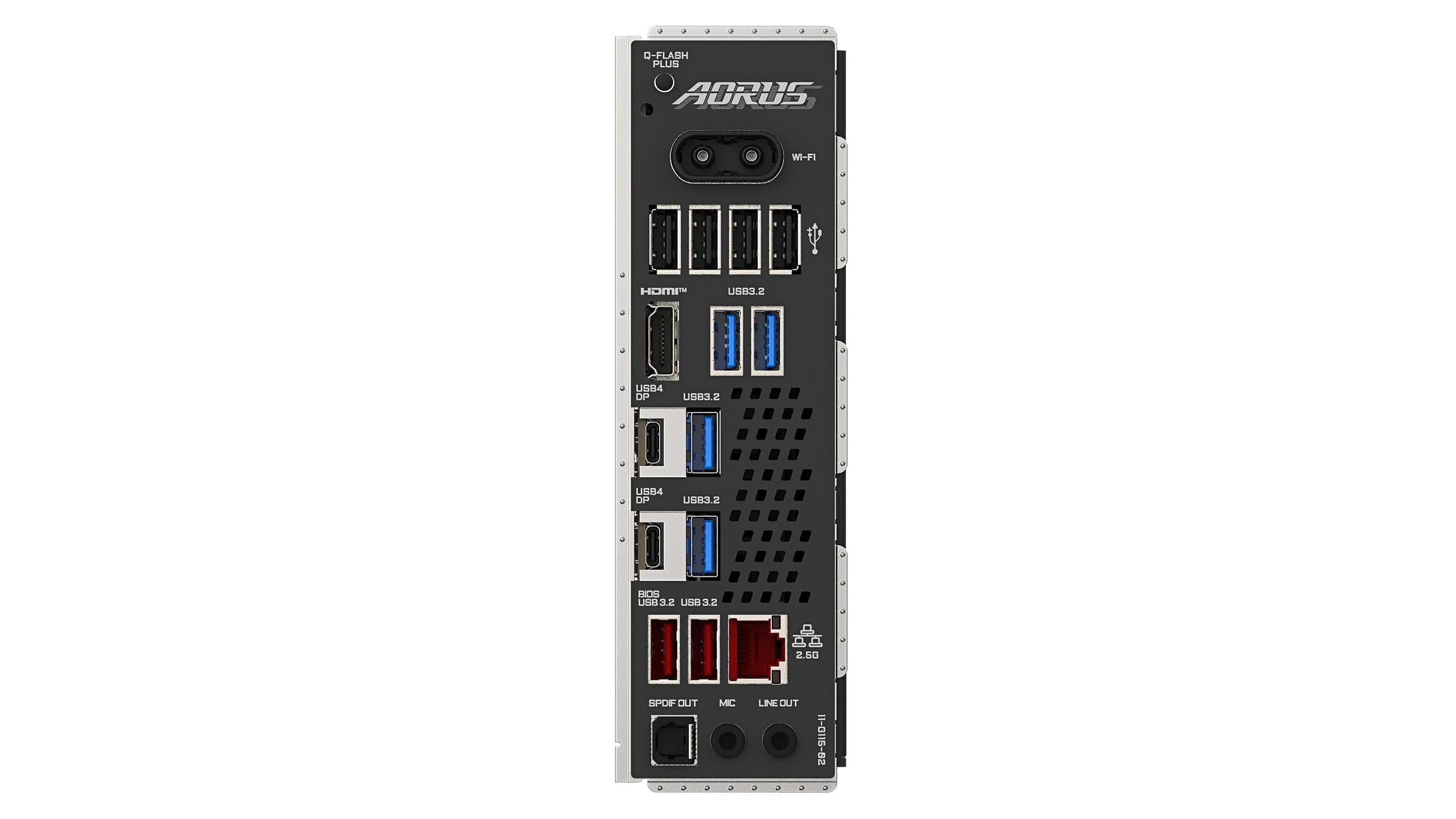
Not all motherboards have a built-in Wi-Fi and Bluetooth module, which is crucial in this wireless and digital era. While the internet can be accessed through the LAN port, not every user will have a router nearby to connect via cable. Besides, some prefer the comfort of wireless connectivity, which leads to less cable mess. Additionally, Bluetooth earphones or speakers cannot be used if this module is absent.
Using an external USB dongle for Wi-Fi and Bluetooth is not reliable and often experiences connection drops. That’s why it is better to get a motherboard with Wi-Fi and Bluetooth built in.
4) ARGB Headers
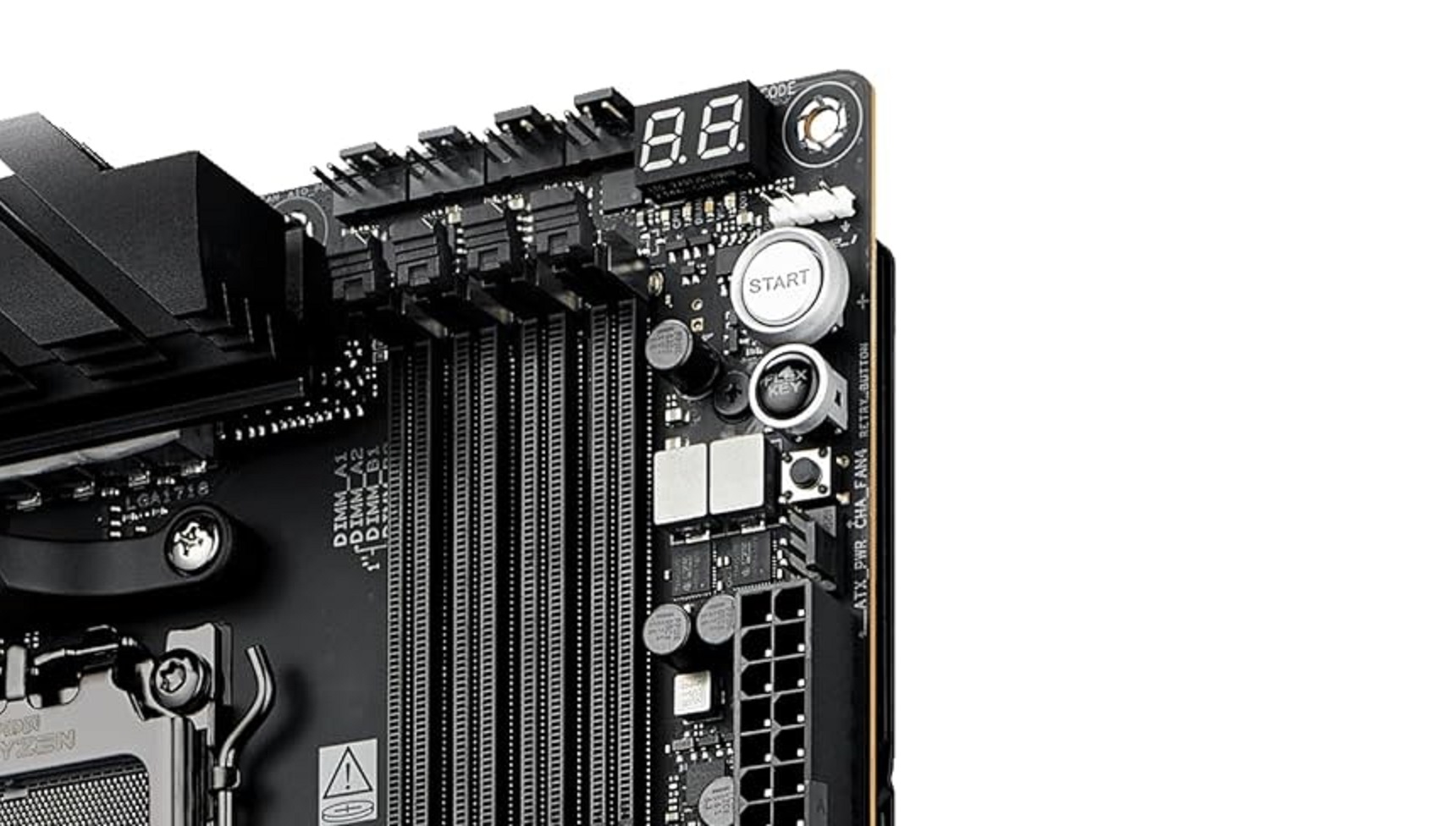
The ARGB headers are absolutely essential if users plan on buying LED/ARGB fans, an anti-sag bracket, and other accessories. The number of ARGB headers a motherboard has will determine how many LED/ARGB accessories you can attach. Cheaper boards either have one or none at all. Even some decently expensive boards may only have two, which can limit the number of accessories that can be attached and customized. That’s why you must keep an eye on how many ARGB headers a motherboard has when buying it.
5) USB-C/Thunderbolt Header
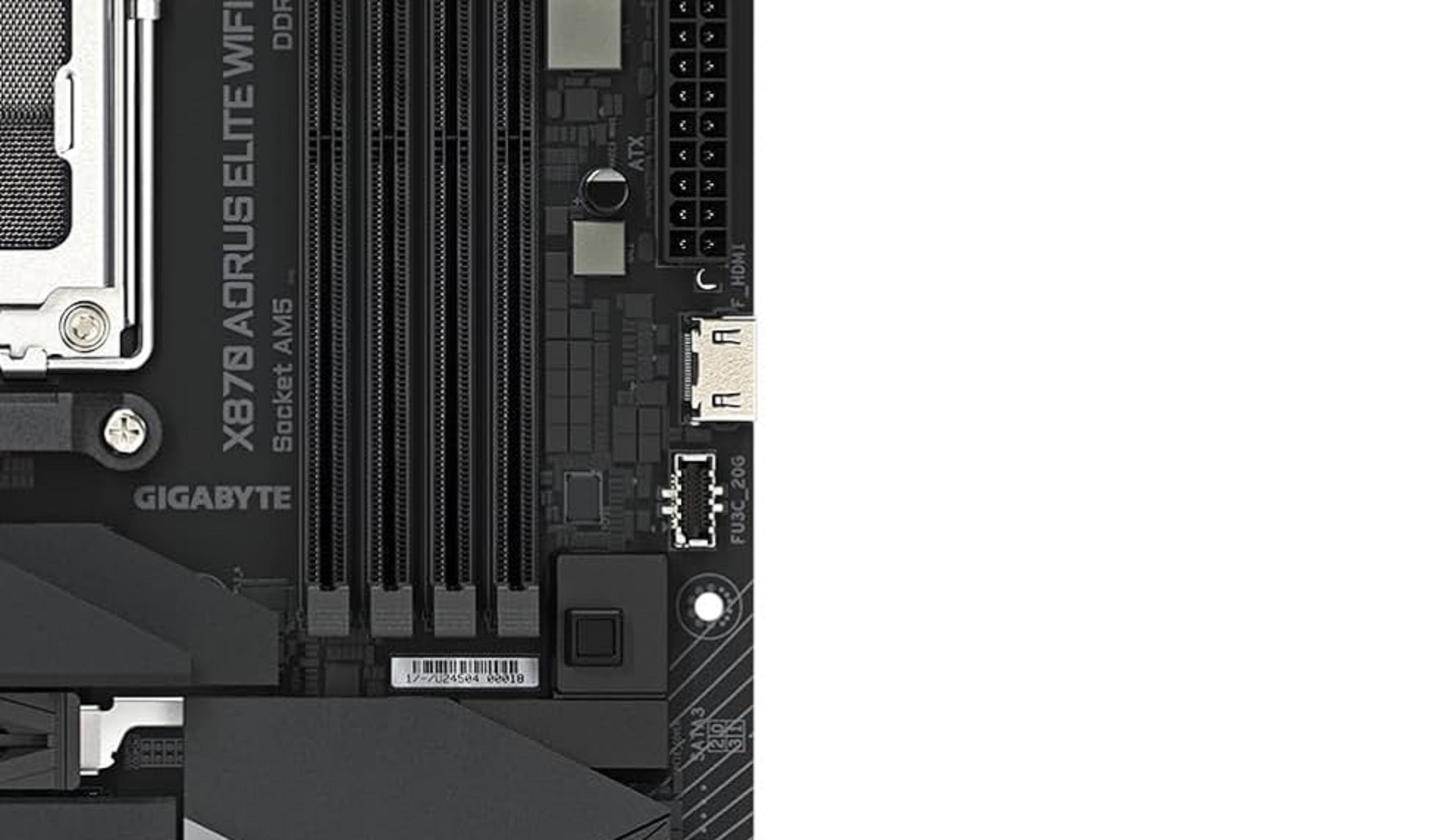
Most modern PC cases these days have either a standard USB-C port or a Thunderbolt 4/5-based USB-C port. Therefore, be careful when buying a motherboard. If the board doesn’t have a USB-C/Thunderbolt header, those USB-C ports on your PC cases will be completely useless. Budget motherboards tend to skip them, so keep an eye out. This is one of the features that should be considered when buying a new motherboard.
We provide the latest news and “How To’s” for Tech content. Meanwhile, you can check out the following articles related to PC GPUs, CPU and GPU comparisons, mobile phones, and more:
- 5 Best Air Coolers for CPUs in 2025
- ASUS TUF Gaming F16 Release Date, Specifications, Price, and More
- iPhone 16e vs iPhone SE (3rd Gen): Which One To Buy in 2025?
- Powerbeats Pro 2 vs AirPods Pro 2: Which One To Get in 2025
- RTX 5070 Ti vs. RTX 4070 Super: Specs, Price and More Compared
- Windows 11: How To Disable Lock Screen Widgets
 Reddit
Reddit
 Email
Email
